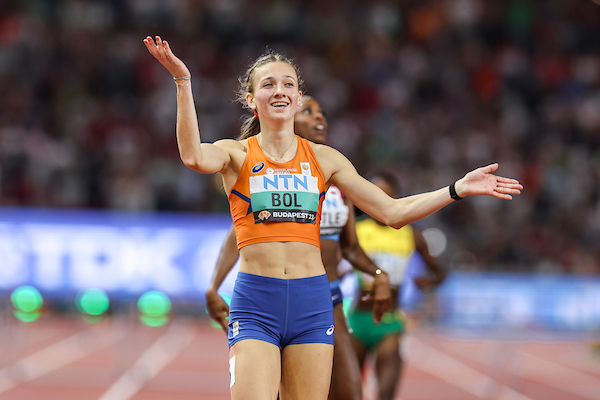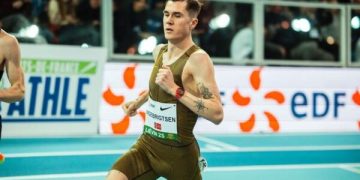Femke Bol is a joy for our sport with 24 races in 2023, and Cathal Dennehy, who has been writing for us all championships!
Femke Bol is, quite clearly, an athlete who likes racing. Here, there, and everywhere, the Dutch 23-year-old will get on the line, taking on whoever shows up.
RelatedPosts
Maybe it’s a 200m, where she knows her raw speed will not allow her to run with the world’s best. Doesn’t matter; she’ll still get on the line, and take her beating, knowing that it’s all done with a means to an end.
Maybe it’s an indoor 400, where she is the fastest athlete in history, which is all the more impressive given it’s not her specialist event.
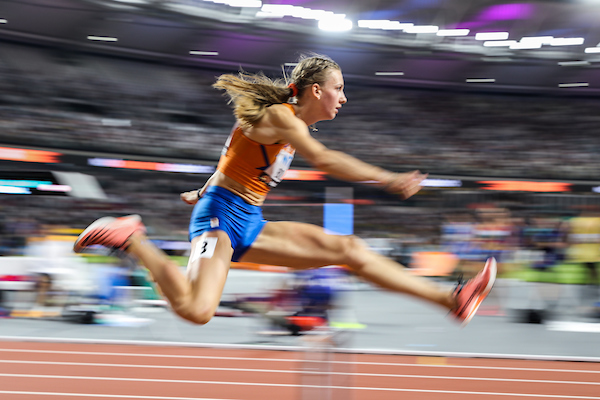
Maybe it’s in relays. Whether it’s a women’s 4x400m or a mixed 4x400m, whether it comes at the start of the championship program or at the end, it doesn’t seem to matter. Bol will be there, taking the baton, willing to risk sacrificing a tiny percentage of her individual goals for the collective good of her nation.
Or maybe it’s the 400m hurdles, the event at which Bol is the second quickest athlete in history, the Olympic silver medallist, and now, at long last, the world champion.
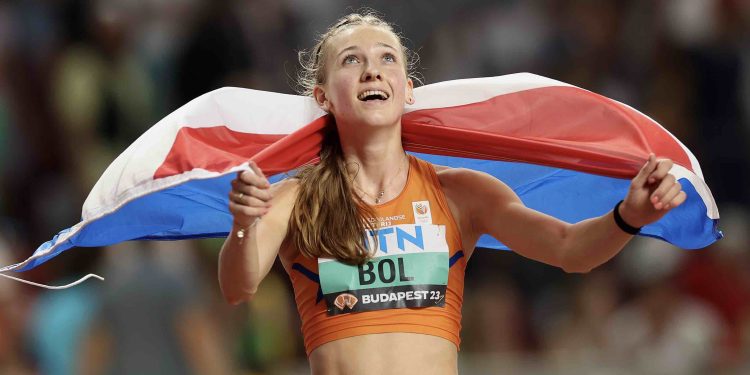
Bol and her coach, Laurent Meuwly, quite clearly believe that racing regularly is not mutually exclusive from reaching the ultimate peak when it matters most, and her performances show as much. In Budapest on Thursday night, Bol stormed to victory in the women’s 400m hurdles final in 51.70, coming home a whopping 1.1 seconds clear of runner-up Shamier Little.
It was her 24th race of the year.
Last year, Bol ran 29 races. In 2021, she ran 33 races. Contrast that with her chief rival, Sydney McLaughlin-Levrone. The US star raced six times this year, though it was obviously a season that ended early due to a knee injury. But while healthy last year, she raced just 10 times, and only three of those were outside the US or World Championships. Take out last year’s World Championships in Oregon and the Dutch outdoor nationals, and Bol raced 22 times.
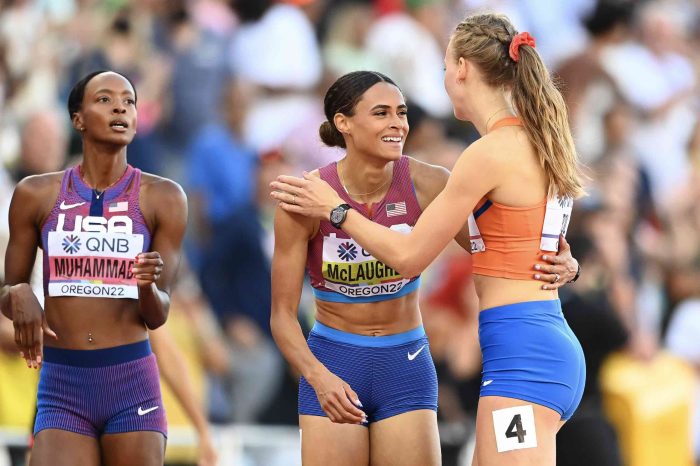
They are similar athletes, with vastly different approaches, and indeed coaches, who operate with distinctly different philosophies.
McLaughlin-Levrone is coached by Bobby Kersee, whose inclination is to keep his athletes wrapped in cotton wool outside of major championships, their sparse appearances on the circuit designed typically as training exercises to help them build towards a peak. That’s understandable, given the physical – and often emotional – toll that racing can take. The financial incentive in athletics is heavily weighted towards performing at major championships, where the medal and rollover bonuses are substantial, and the public impact is most pronounced.
But to fixate on those in a singular manner means fans can and will be denied a chance to see their favorite athletes at other events. That creates a huge problem for the sport. In truth, the biggest issue facing athletics is maintaining its popularity for the 51 weeks of the year when there are no major global outdoor championships. On weeks like this, in Budapest, everything is great. The best athletes are on the track and field, the stands are packed, and TV coverage around the world is plentiful, as are stories that grab headlines and go viral on social media.
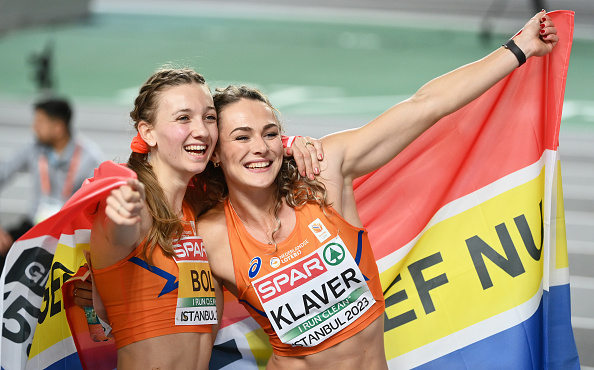
But as soon as the championships end, that drops off a cliff.
The Diamond League is the best platform for the sport to connect with the public in a consistent manner, but no one can pretend it does so in a way that’s anything close to major championships. The reasons are obvious, given the national allegiances that emerge at events like World’s or Olympics that make fans invest in the result in a way they simply can’t, or won’t, in races on the circuit.
But those Diamond Leagues and Continental Tour events serve a key purpose, building the anticipation and narrative in the lead-up to a World Championship.
Compare track and field, for a moment, to tennis. In that sport, everyone knows that what really matters most is whatever goes down at Wimbledon, Roland Garros, Flushing Meadows, and at Melbourne Park: four Grand Slams, each of them equally as prestigious. Those are the major championship equivalents.
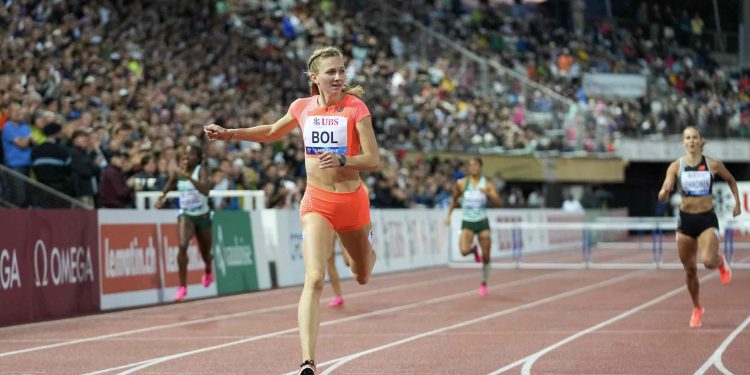
But think about the sport outside of those events. It hops around on the WTA and ATP Tours to places like Rome, Madrid, Shanghai, and Monaco. Those are, essentially, the Diamond Leagues. The biggest stars turn up to those, taking each other on, with them and the public aware that while it matters, it doesn’t matter nearly as much as it will at the Grand Slams. Rafael Nadal and Roger Federer played each other 40 times in their career, and both showed up when below their best, aware of the importance not just to their goals but to the sport itself. Nadal and Novak Djokovic have clashed 59 times.
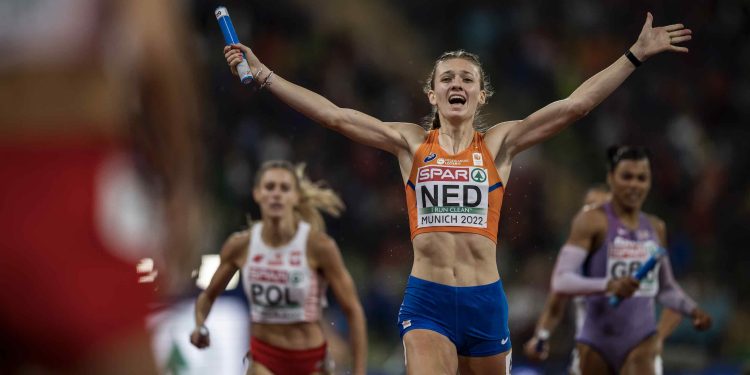
There are some events in athletics where this is also the case. The women’s 100m hurdles is one of the best examples, with athletes getting on the line week after week, taking each other on. But then you think of the men’s and women’s 400m hurdles – two of the glamour events in the sport right now – and how often, outside of major championships, Bol has raced McLaughlin-Levrone (zero), how often Karsten Warholm has raced Rai Benjamin (once) and how often Athing Mu has raced Keely Hodgkinson (once).
That’s not a sustainable model for the sport to grow its fanbase unless it only wants to do so once a year. The antidote to so much of that thinking lies in the attitude of Bol, who is willing to get on the line all year, in so many places – to win and to lose and to take both of those results in her giant stride with the same, sunny-side-up disposition, knowing it’s doing the sport and herself a favor as she builds towards the events that matter most.
It’s just a shame so many others don’t think the same way.

